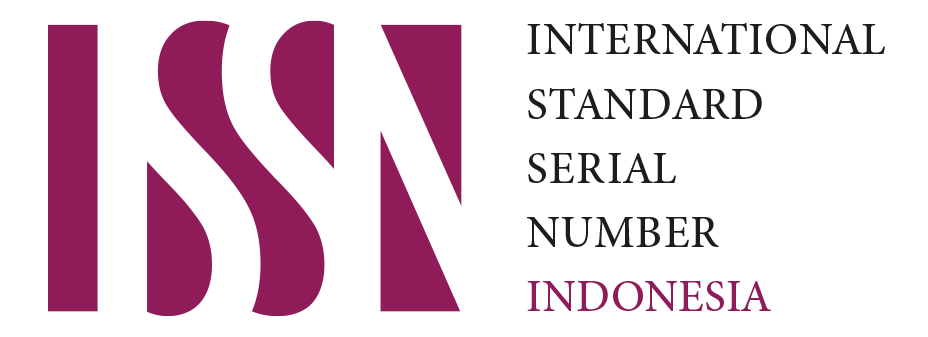PENGGUNAAN LAHAN PERMUKIMAN PADA WILAYAH RAWAN TSUNAMI DI PERKOTAAN PACITAN JAWA TIMUR TAHUN 2022
DOI:
https://doi.org/10.20961/ijed.v2i2.805Abstract
High population growth resulted in increasingly massive development of settlements even in disaster-prone areas. Indonesia's challenge in building settlements is that most of Indonesia's population lives in disaster-prone areas. Disaster risk reduction, particularly for tsunamis, is important by controlling settlements in tsunami-prone areas. Settlement control is carried out by identifying settlements. The research aims to identify the density of residential land use blocks in tsunami-prone areas in Urban Pacitan. The research method was carried out by spatial analysis by overlaying density maps of residential land use blocks and tsunami hazard maps. For the formulation of tsunami settlement mitigation directives through regulations and existing conditions of the area. Mapping the density of residential land use blocks is obtained through the interpretation of Quickbird Imagery, then calculating the density of settlement blocks. The results of the study show that Urban Pacitan is dominated by low density residential blocks with an area of 989.7 Ha (81%). Each tsunami hazard in Urban Pacitan has three different density classifications of settlement blocks. There are 75% of the area in Urban Pacitan that is safe for settlements and 3% for conditional settlements, with special mitigation given to minimize losses due to the tsunami.
Keywords:
Residential Land Use Block, Residential Density Block, Tsunami MitigationReferences
Arief, M., & Pigawati, B. (2015) Kajian Kerentanan di Kawasan Permukiman Rawan Bencana Kecamatan Semarang Barat, Kota Semarang. Jurnal Teknik Perencanaan Wilayah Kota.
Baja, Sumbangan. (2012) Perencanaan Tata Guna Lahan dalam Pengembangan Wilayah: Pendekatan Spasial dan Aplikasinya. Yogyakarta: Penerbit ANDI.
Mardiatno, D., Malawani, M.N., Annisa, D.N. & Wacano, D (2017). Review on Tsunami Risk Reduction Indonesia Based on Coastal and Settlement Typology. Indonesian Journal of Geography. 49 (2):186-197
Perkim (2021) Tantangan Kebencaan bagi Pembangunan Perumahan dan Kawasan Permukiman.
Pratiwi, B., Triyatno., Fritiana, S. (2018) Klasifikasi Kualitas Perukiman Menggunakan Citra Quickbird di Kecamatan Mandiangin Koto Selayan Kota Bukittinggi. Jurnal Geografi FIS UNP.
Ratih Probosiwi. (2013) Manajemen Risiko Tsunami Untuk Penataan Ruang. Jurnal Teknosains 2 : 71-158
Sanjaya, J. (2018). Tsunami Disaster Preparedness Simulation on North Buton Regency. Journal of The Civil Engineering Forum University Gadjah Mada. Volume 4, Nomor 2.
Downloads
Published
How to Cite
Issue
Section
License
Copyright (c) 2023 Indonesian Journal of Environment and Disaster

This work is licensed under a Creative Commons Attribution 4.0 International License.







